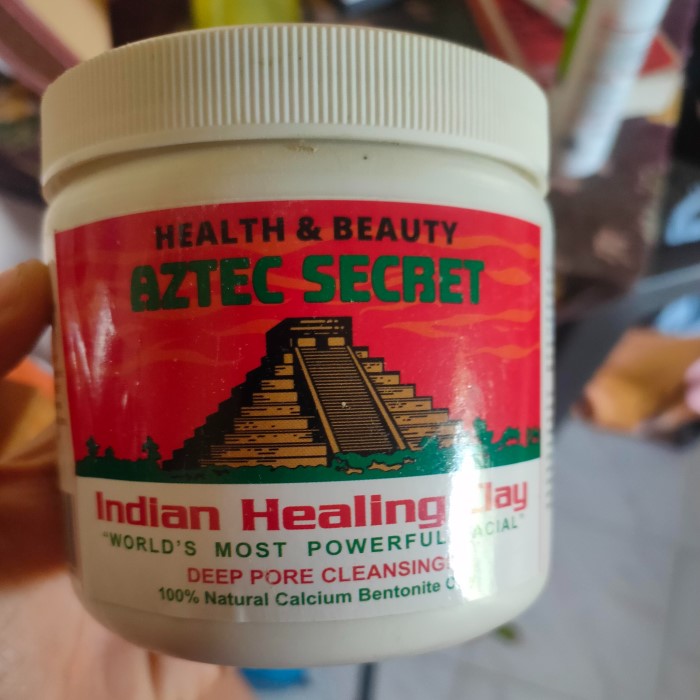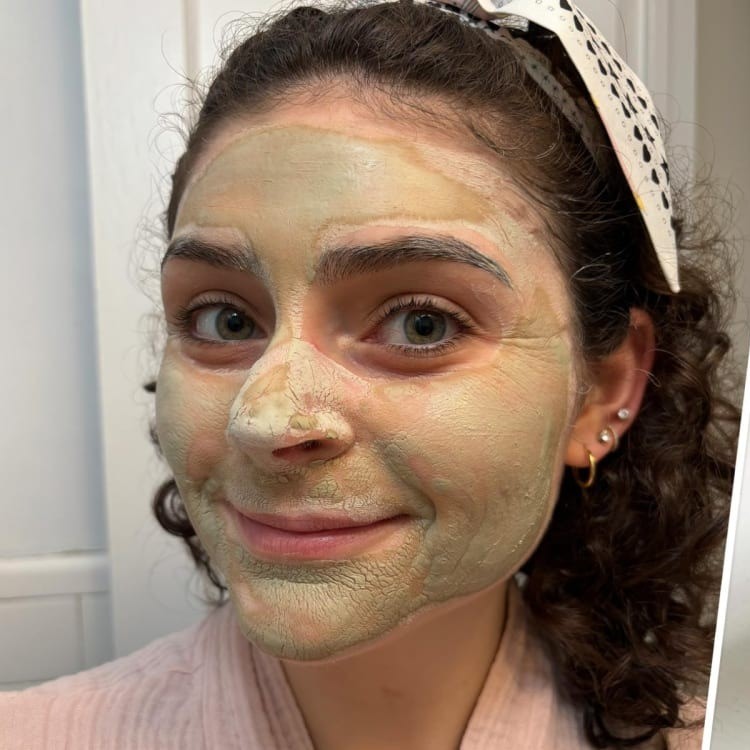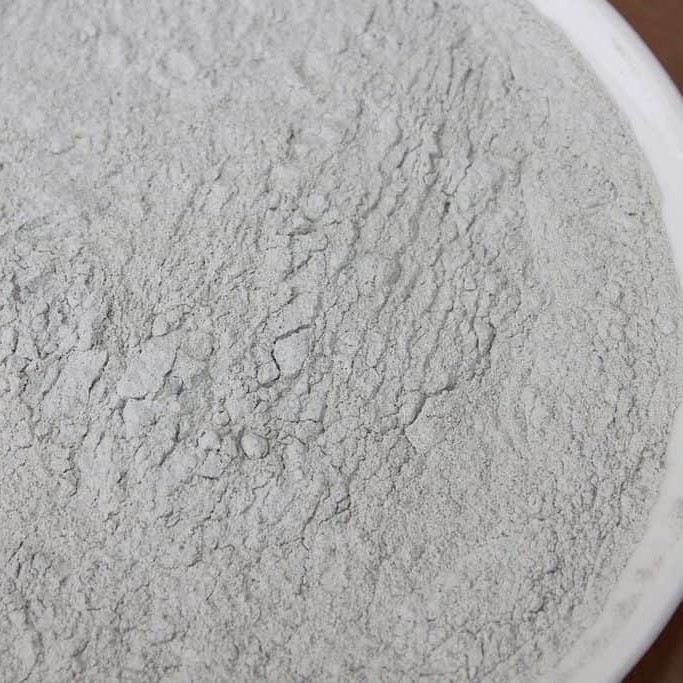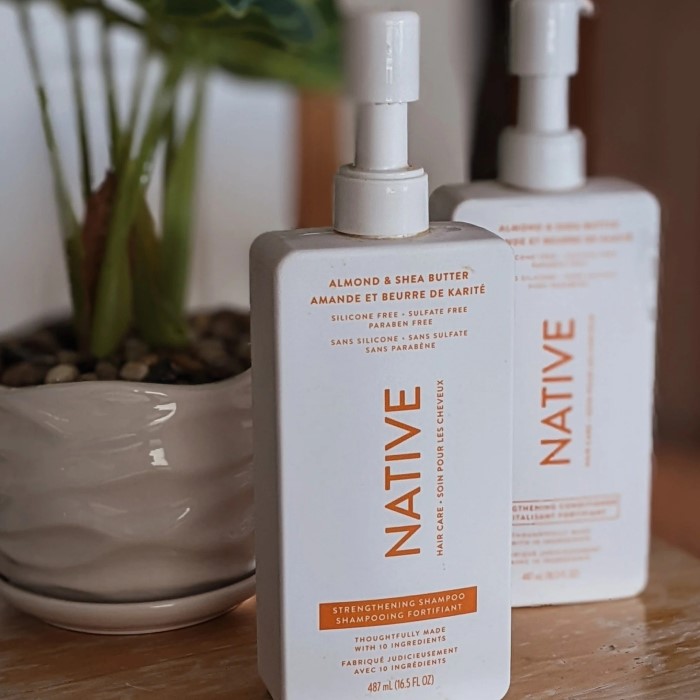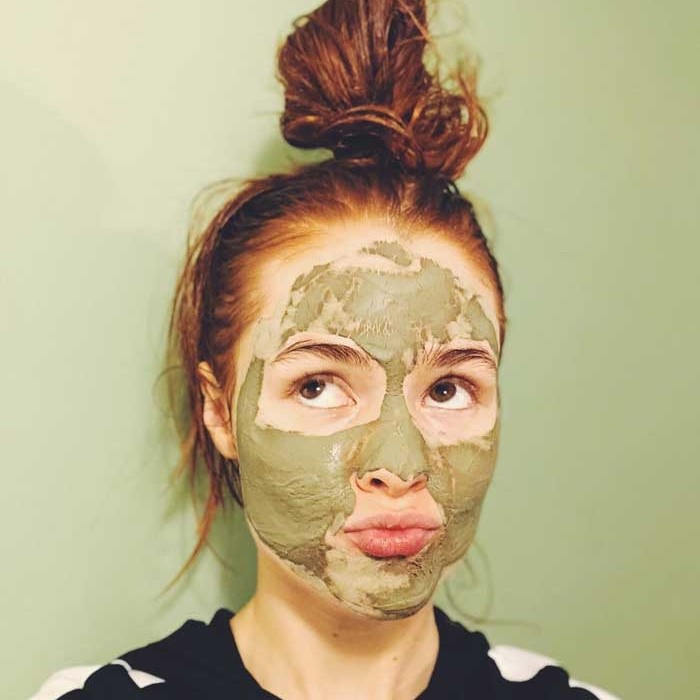
Does Aztec Clay Expire? Tips for Long-Lasting Results
Introduction
Aztec clay, often referred to as bentonite clay, has gained immense popularity in the beauty world for its exceptional skin benefits. It is widely celebrated for its ability to detoxify the skin, unclog pores, and provide a radiant complexion. However, an important question arises: does Aztec clay expire? The shelf life of Aztec clay is a crucial consideration for those incorporating this product into their skincare routines. Using expired products may lead to reduced effectiveness or even adverse skin reactions. In this article, we will delve into the longevity of Aztec clay, effective storage methods, signs of expiration, and address frequently asked questions.

Understanding the Shelf Life of Aztec Clay
When we discuss whether Aztec clay expires, it’s essential to understand that its shelf life can vary based on various factors, such as the quality of the clay and how it is stored. Generally, Aztec clay can last for a long time if kept in suitable conditions.
- Natural Composition: Aztec clay is a natural product, primarily consisting of bentonite clay. It does not contain preservatives or artificial additives, which can contribute to a streamlined shelf life. When stored properly, it can remain potent for years.
- Storage Conditions: The environment in which you store Aztec clay plays a significant role in its longevity. A cool, dry place free from moisture is ideal. Exposure to humidity can cause the clay to harden or develop bacteria, compromising its efficacy.
- Sealed Packaging: New, unopened Aztec clay typically has a shelf life of several years. Always check the packaging for any specific expiration dates or guidelines. If you’re using a product that has been opened, the shelf life may vary based on how it has been handled.
Tips for Properly Storing Aztec Clay
Does aztec clay expire? To maximize the shelf life of your Aztec clay, follow these practical storage tips:
Keep It Dry
- Understanding Humidity’s Impact: Humidity can significantly affect the quality and usability of clay. When clay absorbs moisture, it can become overly soft, difficult to work with, or even moldy.
- Optimal Storage Conditions: To maintain its integrity, store clay in a dry environment where temperature is controlled. This helps prevent fluctuations that could introduce moisture.
- Areas to Avoid: It’s essential to keep your clay away from damp places such as bathrooms, basements, or any area that may be prone to leaks or moisture accumulation.
Use Airtight Containers
- Importance of Airtight Storage: Once you open a package of clay, it becomes vulnerable to air and moisture. Transferring it to an airtight container is crucial in preserving its freshness.
- Choosing the Right Container: Opt for containers made of durable materials that seal tightly. This will effectively guard against environmental elements that could compromise the clay’s quality.
- Longer Shelf Life: By using airtight storage, you not only keep the clay fresh but also extend its usable life, saving you money and resources in the long run.
Avoid Direct Sunlight
- Impact of Sunlight: Ultraviolet rays and heat from direct sunlight can degrade the properties of clay over time, leading to changes in texture and color.
- Ideal Storage Locations: To protect your clay from sunlight damage, store it in dark places like a cabinet or drawer. This ensures that the clay remains in optimal condition for your crafting needs.
Scoop with Clean Utensils
- Preventing Contamination: Using dirty or wet utensils can introduce bacteria and other contaminants into the clay, potentially spoiling it.
- Best Practices for Handling Clay: Always ensure that the tools you use to scoot the clay are clean and dry. This simple practice helps maintain the purity of the material, ensuring your projects remain safe and effective.
- Additional Hygiene Tips: Wash your hands before handling the clay and avoid touching the stored clay with unwashed fingers to minimize contamination risks.
Regular Checks
- Routine Inspections: Periodically check on your clay to assess its condition. Look for any unusual changes in texture, color, or odor, which could indicate spoilage or degradation.
- Identifying Issues Early: By being proactive and examining your clay regularly, you can catch potential problems early. This can save you headaches down the line, ensuring that your materials remain in good condition.
- Taking Corrective Actions: If you notice any changes, consider whether the storage conditions need adjustment, or if it’s time to replace the clay altogether.
By adhering to these storage practices, you can significantly prolong the effectiveness of Aztec clay, ensuring that it remains a valuable skincare product.
Recognizing Signs of Expired Clay
Does aztec clay expire? Understanding how to identify whether your Aztec clay has expired is essential for safe and effective use. Here are some common signs that indicate your clay may no longer be suitable for use:
Change in Color:
-
- Fresh Aztec clay is renowned for its vibrant, earthy hue, which can range from rich terracotta to warm beige.
- When you observe any signs of unusual discoloration—such as bright patches, dull spots, or a noticeable fade in color—it is often a clear sign that the clay has undergone chemical changes due to age or exposure to air.
- These alterations in color can indicate degradation, which may affect the clay’s efficacy. Hence, it’s essential to be vigilant about its appearance.
Altered Texture:
-
- One of the key characteristics of fresh Aztec clay is its fine, powdery texture, which allows for easy mixing and application.
- If the clay has expired, you might notice it has taken on a clumpy or hard texture. This can be a result of moisture exposure or the breakdown of its particles over time.
- A gritty feel or a difficulty in achieving a smooth consistency during mixing is a definitive warning sign. Such changes not only affect the usability of the clay but might also compromise its beneficial properties.
Odor:
-
- The natural scent of fresh Aztec clay is typically mild and earthy, reminiscent of soil or minerals, which reflects its purity and quality.
- However, if you start to notice a pungent, sour, or otherwise unpleasant odor emanating from the clay, this is a strong red flag.
- Such odors can indicate microbial growth or chemical decomposition, suggesting that the clay is no longer safe to use and should be discarded promptly.
Expiration Date:
-
- It is always advisable to check the packaging for an expiration date, as this offers a quick reference for the product’s freshness.
- If the Aztec clay is past this date, it may have lost its effectiveness and could pose potential risks.
- Erring on the side of caution is wise in this case; it’s better to dispose of expired products rather than risk the effects of using a compromised product.
Mold Growth:
-
- Any visible signs of mold or fungal growth are alarming. Mold can develop when moisture becomes trapped in the clay, creating an environment conducive to fungal spores.
- If you encounter any green, black, or fuzzy patches on the clay, it is critical to discard it immediately.
- Moldy clay poses serious health risks, including skin irritation, allergic reactions, or even infections if used on the skin or hair, making it imperative to prioritize safety over usage.
Regularly assessing these indicators will help you maintain your skincare routine without compromising your skin’s health.
FAQ: Is It Okay to Still Use Bentonite Clay?
One common question that arises is, is it okay to still use bentonite clay even if it’s already expired? The answer is not straightforward. While some users may report no adverse reactions from using slightly expired clay, there are no guarantees. The effectiveness may be reduced, and there’s a risk of potential skin irritation or reactions. Always perform a patch test if you choose to use an expired product, applying a small amount on a less sensitive area of your skin. If irritation occurs, discontinue use immediately.
FAQ: How to Know if a Clay Mask is Expired?
Determining whether a clay mask is expired is vital for maintaining safe skincare practices. Look for the following signs:
- Discoloration: An unusual color may indicate spoilage.
- Texture Changes: If the mask feels clumpy or dry instead of smooth, this suggests it may not be effective.
- Off Odors: A strong or unpleasant smell is a red flag.
- Expiration Date: As with powdered clay, checking the expiration date is essential.
If any of these signs are present, it is best to avoid using the mask to prevent any adverse reactions.
FAQ: Can I Use a Face Mask That Expired 3 Years Ago?
This leads to another pertinent question: can I use a face mask that expired 3 years ago? Generally, using a product that has expired for such an extended period is inadvisable. While some ingredients may still be intact, the effectiveness could be severely compromised. Chemical reactions or degradation can alter the mask’s formula. Using such outdated products poses unnecessary risks to skin health. For best results, always opt for fresh products to ensure safety and efficacy.
Conclusion
In conclusion, understanding whether does Aztec clay expire is crucial for maintaining effective skincare practices. By following the correct storage methods, recognizing signs of expiration, and addressing frequently asked questions, you can ensure that your Aztec clay remains a beneficial part of your beauty routine. Properly stored and maintained, Aztec clay can provide you with excellent results for many years.
Stay proactive by regularly checking the condition of your clay. When in doubt, it is always better to invest in a fresh product than to risk using something that could potentially harm your skin. Ensure that your skincare journey is safe and effective by prioritizing fresh, quality products that benefit your skin without compromise. By keeping these pointers in mind, you can enjoy all the wonderful advantages that Aztec clay has to offer!
